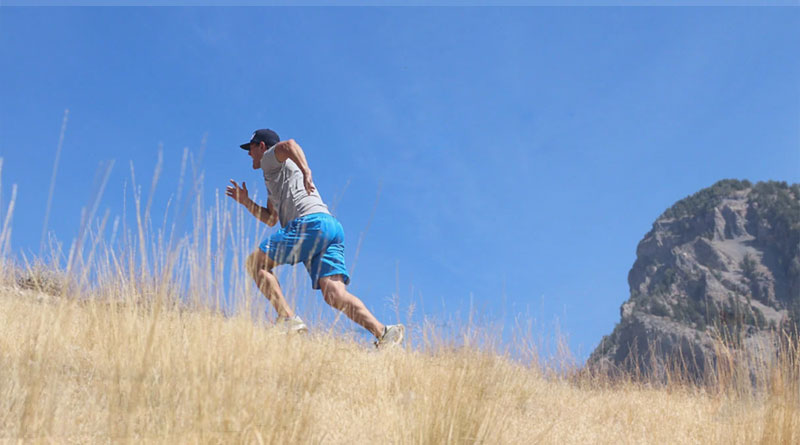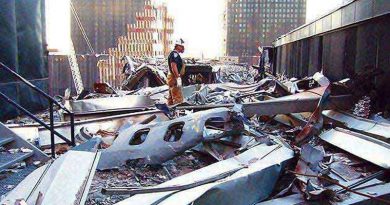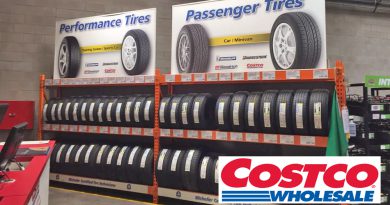Formula To Calculate How Heat and Humidity Affects Runners Times
Changes in temperature and humidity can greatly affect your running speeds and times. The calculator below determines what the expected times will be when you run in a different climate.
It’s no secret that running in the heat and humidity can affect a runners times adversely. The hotter it gets, the slower the runners lap times. Additionally, If runners are used to running in high heat and high humidity then the reverse is also true, that if they run in lower temperatures and normal humidity, their times will improve significantly. The formula below allows runners to actually calculate what their running time goals should be based on the atmospheric and meteorological changes
Running in the heat can be dangerous, increasing the load on the runners body and risk of heart attack and stroke. Running in high humidity does not allow the runners body to cool down through sweat evaporation as the air is already at full tilt in the moisture department. Heat and humidity do not provide any increase in cardio vascular exercise and the runners body will fail at an internal operating temperature of 104 degrees. Running in smog or smoke should be avoided and have no cardio value. Body shapes that are leaner and smaller will perform better in high heat and high humidity as there is less muscle and fat to generate body heat that would normally be easily expelled in normal running conditions. Some runners and other athletes believe in heat training, where it increases the amount of blood in your arterial system, providing better cooling for your body and fuel for your muscles, albeit in a more efficient way. This runners training approach requires 2-3 hours of training per day in these conditions, time that weekend warriors may have a hard time finding,

It has been widely documented that the height above sea level can also be a large factor in running times, but we do not yet have enough data to calculate the scientific impact on runner’s time, but it is significant with studies showing a 10% decrease in runners times between 5000 feet and sea level, which would explain why many athletes choose to train in high altitude and race in low altitude.



